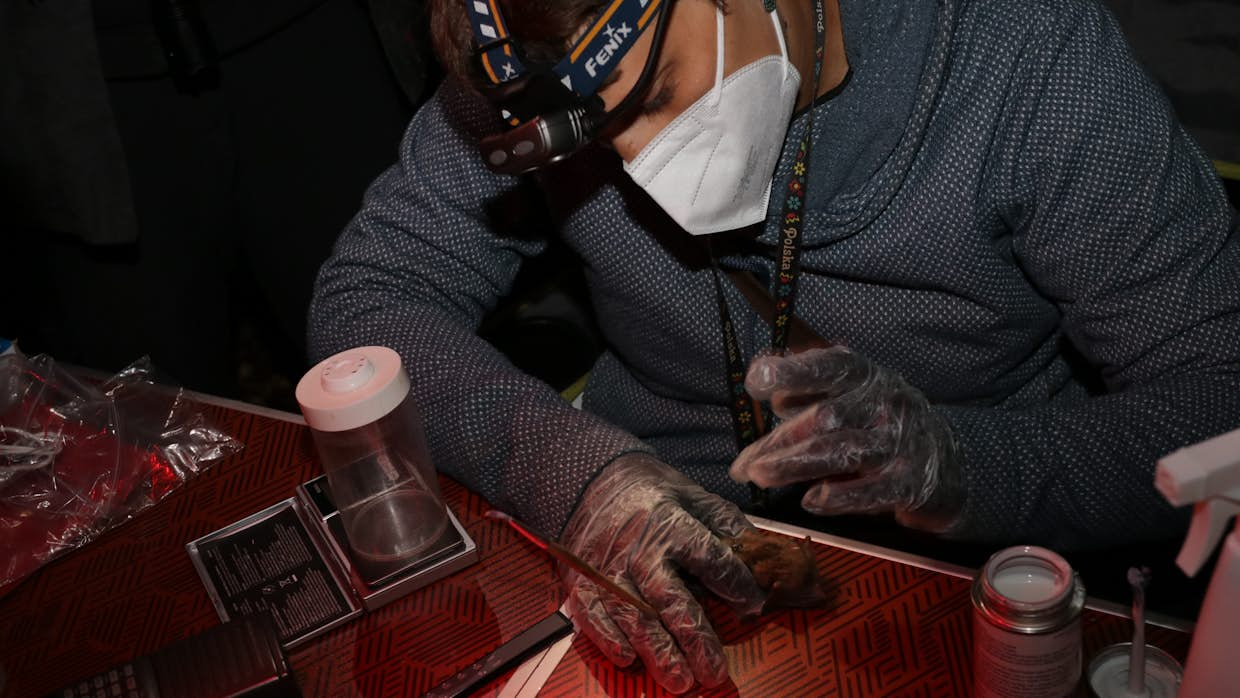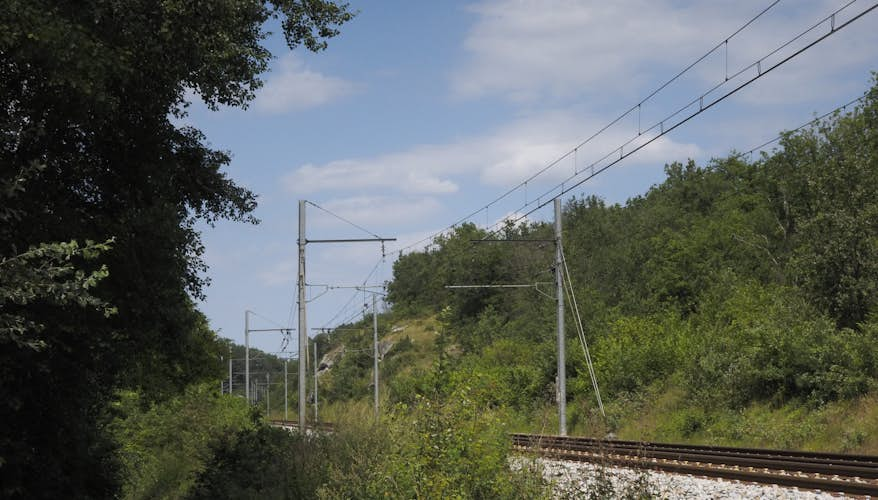- European projects
- Biological monitoring
Bat study: capture and radio-tracking
- Skills Chiropterological expertise, Scientific and naturalist monitoring
- Completed 2021
- Location Wallonia, municipality of Houffalize
- 9 capture nights
- 4 bats equipped with a VHF tag
- 106 radio-tracking contact points
The target of this study was to define the hunting areas used by the greater mouse-eared bat (Myotis myotis). It is part of the impact assessment for two wind farm projects in the municipality of Houffalize. Our mission was very clear: capture bats on their hunting grounds, equip the captured greater mouse-eared bats with a VHF tag and follow them days and nights, with radio-tracking technics. During the 9 capture sessions, 4 males of greater mouse-eared bat were caught and equipped with a transmitter. The intensive radio-tracking work allowed us to find 3 daytime roosts and to identify the forest areas used as hunting sites.
Our expertise at the service of this project :
- Field work (capture and radio-tracking): P. Nyssen, JF. Godeau + Ecofirst team and volunteers
- Field preparation, data analysis, reporting: P. Nyssen, JF. Godeau
- Mapping and visual representation of results: JF. Godeau
- Contacts with wind industry and authorities: P. Nyssen



